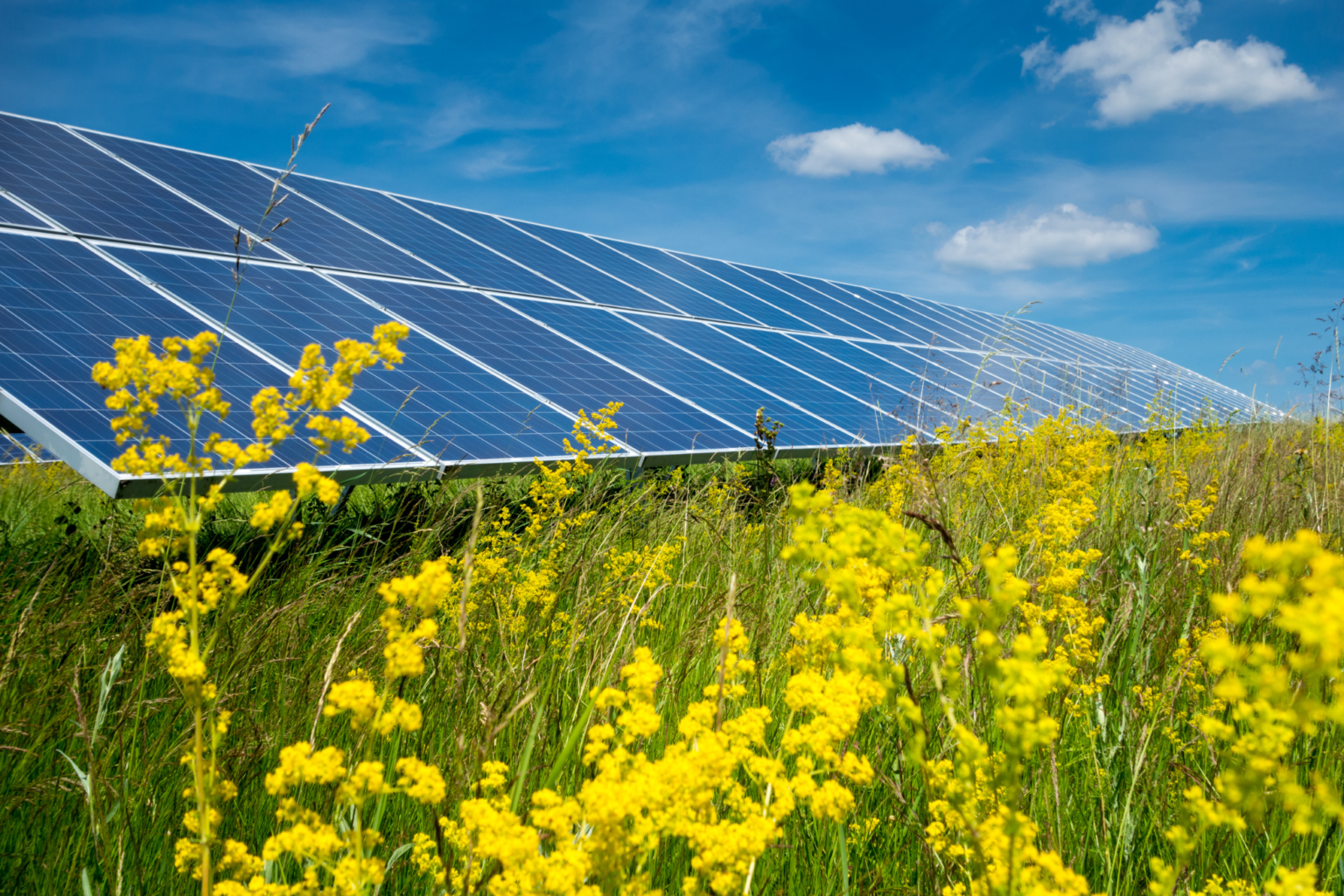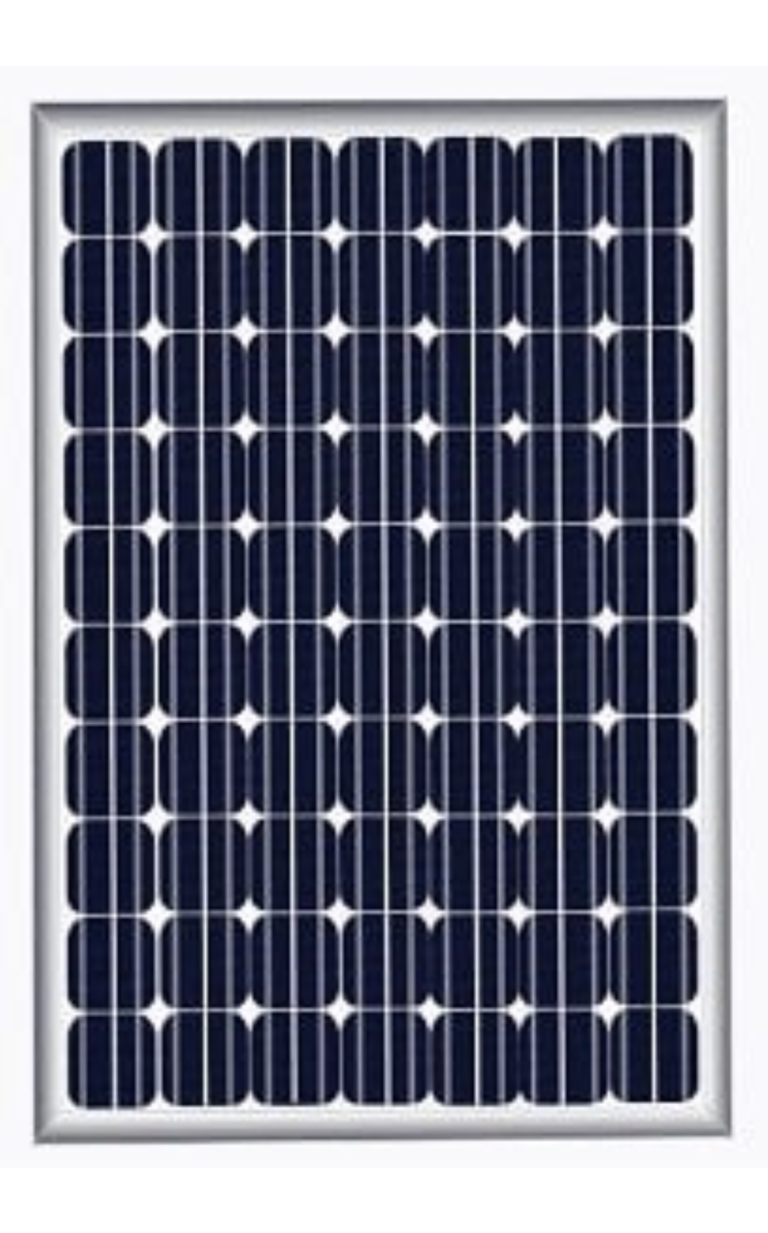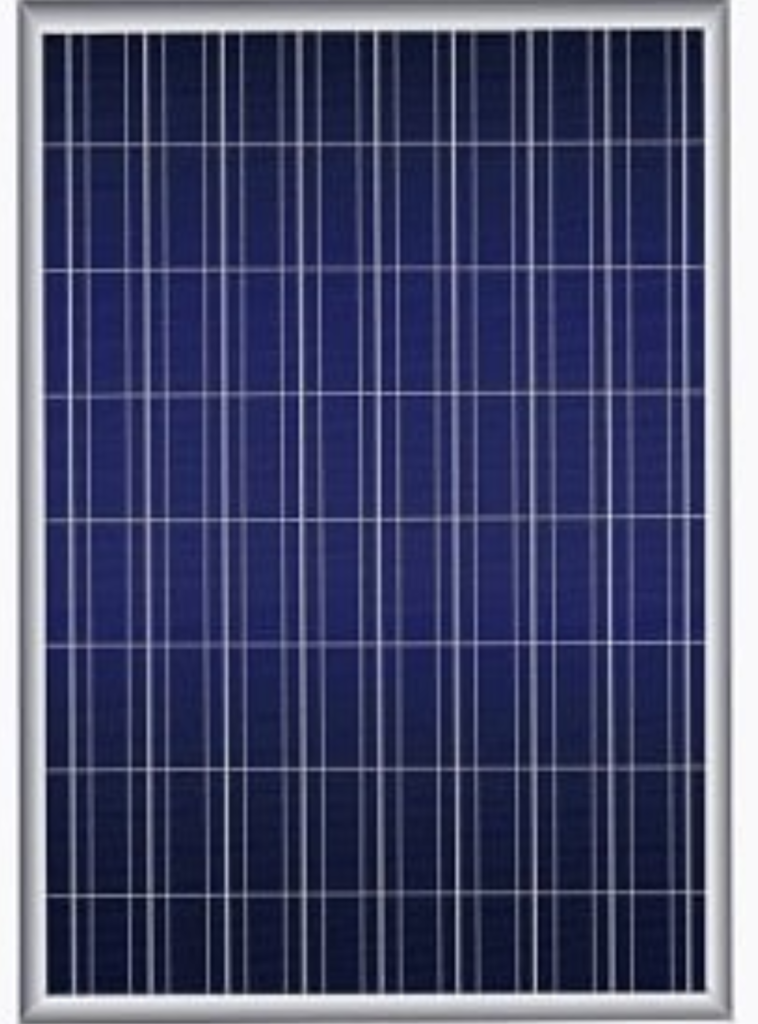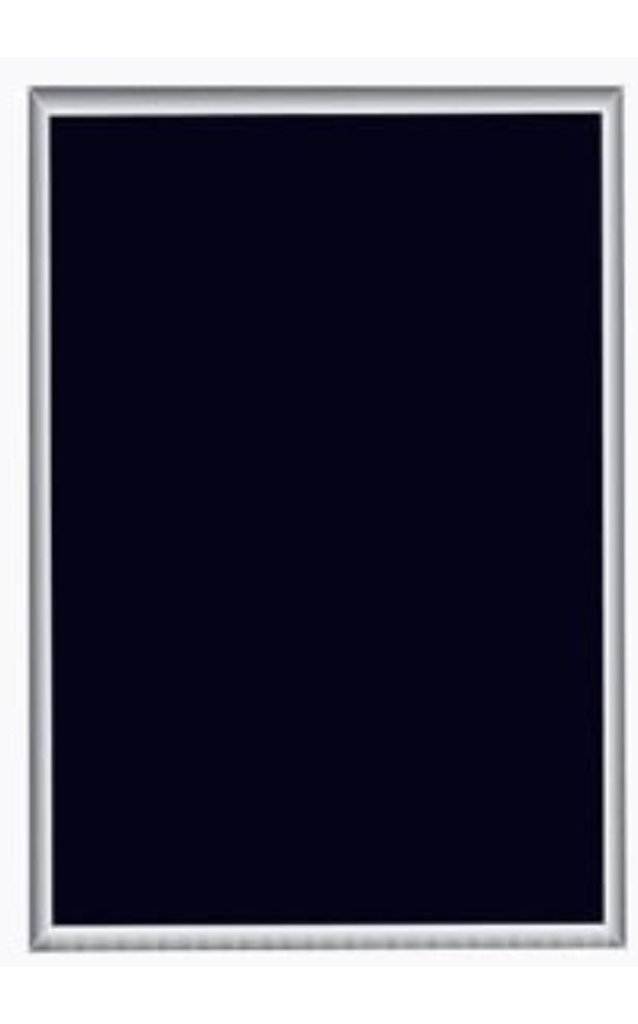
Solar photovoltaic (PV) panels convert sunlight directly into electricity using the photovoltaic effect. These panels consist of interconnected solar cells made from semiconductor materials, typically silicon, that absorb sunlight to generate a clean, renewable energy source.
Benefits of Solar PV Panels:
- Eco-Friendly Energy: Generates electricity without harmful emissions, reducing carbon footprints.
- Cost-Effective: Decreases dependence on fossil fuels and lowers electricity bills.
- Versatile Applications: Suitable for residential, commercial, and industrial use, including grid-connected and off-grid systems.
- Technological Advancements: Improved efficiency and affordability make solar PV systems accessible for a wider audience.
Monocrystalline Solar Panels
Monocrystalline panels are made from a single, pure silicon crystal structure. They are the most efficient and durable option, recognized for their sleek black appearance.
- Efficiency: 20–24% (among the highest for solar panels).
- Best For: Urban areas with limited space, premium residential installations, and high-efficiency applications.

Pros
- High Energy Efficiency: Offers excellent energy conversion rates, making them space-efficient.
- Durability: Robust and long-lasting, with a lifespan of 25–30 years and minimal performance degradation.
- Space Efficiency: High power output per square foot, ideal for installations with limited space.
- Performance in Low Light: Maintains good performance in shaded or cloudy conditions.
- Aesthetics: Sleek black design enhances the appearance of residential and commercial buildings.
Cons
- Higher Cost: More expensive than other panel types due to complex manufacturing processes.
- Energy-Intensive Production: Requires significant energy to produce, increasing its carbon footprint during manufacturing.
Polycrystalline solar panels
Polycrystalline panels are made by melting multiple silicon fragments together. They provide a cost-effective alternative while maintaining reliable performance.
- Efficiency: 15–20% (lower than monocrystalline).
- Best For: Large installations, such as commercial rooftops or solar farms, where cost savings outweigh efficiency.

Pros
- Affordable: Lower production costs make these panels more budget-friendly.
- Simpler Manufacturing: Reduces production waste and energy use compared to monocrystalline panels.
- Good Lifespan: Performs reliably for 20–25 years.
- Temperature Resistance: Less affected by high temperatures, ensuring consistent performance
Cons
- Lower Efficiency: Requires more space to produce the same amount of energy as monocrystalline panels.
- Less Aesthetic Appeal: The blueish color and speckled texture may not suit all preferences.
- Faster Degradation: Efficiency decreases more quickly over time compared to monocrystalline panels.
Thin-Film Solar Panels
Thin-film panels are created using layers of photovoltaic materials like amorphous silicon, cadmium telluride, or copper indium gallium selenide (CIGS). Their lightweight and flexible design allows for innovative installations.
- Efficiency: 10–13% (lower than crystalline panels).
- Best For: Portable solar products, curved surfaces, vehicle-mounted systems, or areas with challenging installation requirements.

Pros
- Flexibility and Lightweight Design: Suitable for curved or irregular surfaces and weight-sensitive applications.
- Better in Low Light: Performs well in diffused light or partial shading.
- Affordable Production: Lower manufacturing costs lead to reduced consumer prices.
- Versatile Applications: Ideal for building-integrated photovoltaics (BIPV), portable chargers, and innovative solar designs
Cons
- Lower Efficiency: Requires more space to generate the same power output as crystalline panels.
- Shorter Lifespan: Typically lasts 10–20 years, with faster efficiency degradation.
- Limited Availability: Fewer suppliers and less market presence compared to crystalline panels.
Solar PV Comparison
Type | Efficiency | Lifespan | Cost | Best Use Case |
Monocrystalline | 20–24% | 25–30 years | High | Urban areas, space-limited installations, high efficiency needs. |
Polycrystalline | 15–20% | 20–25 years | Moderate | Large installations with lower budget requirements. |
Thin-Film | 10–13% | 10–20 years | Low | Portable, flexible, or innovative applications. |
